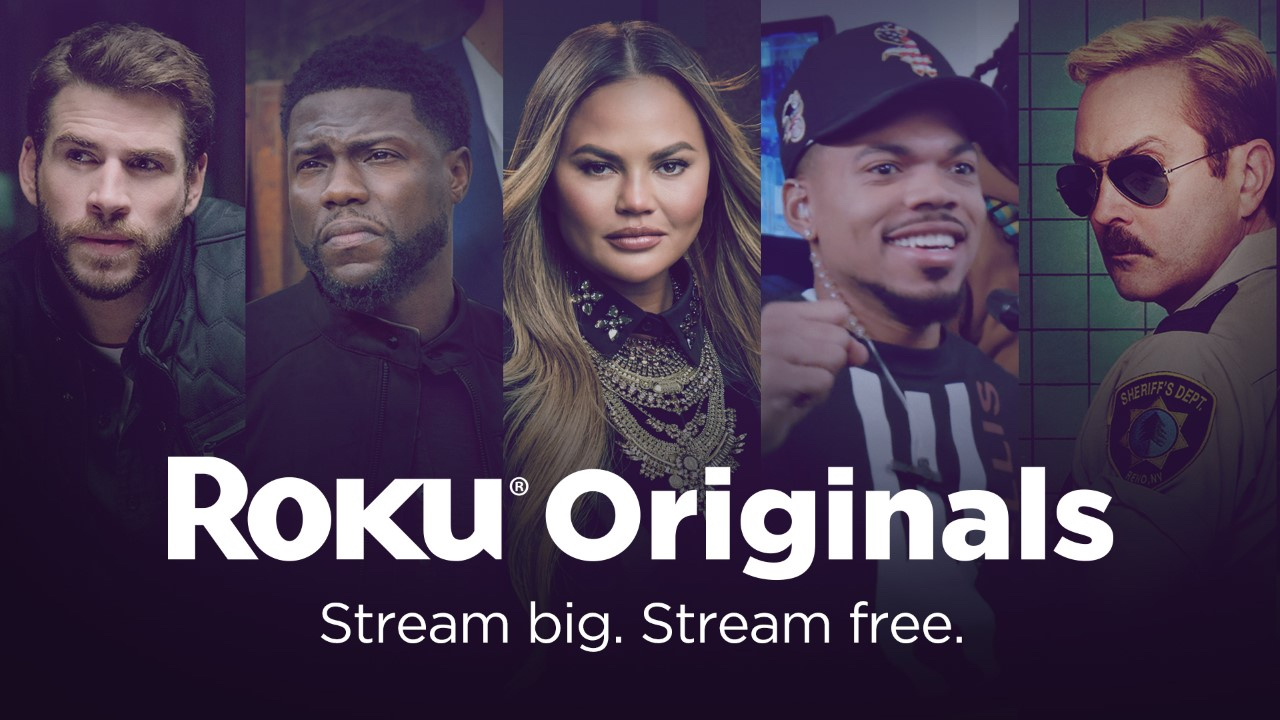Roku Finishes Upfront With Double Last Year’s Volume
42% of advertisers didn’t make commitments to Roku last year

Roku said its upfront negotiations resulted in double the commitments from advertisers to buy commercials on the streamer.
The big increase comes as traditional TV ratings are falling and prices for commercials in the upfront rose about 20% for broadcast and double-digits for cable.
“This signals a really strategic shift for brands that are now going streamer first and are putting TV streaming right at the top of their priority set,” said Dan Robbins, VP of ad marketing at Roku.
Also Read: WarnerMedia Completes Upfront With Record Ad Commitments
Robbins said that while Roku makes its presentation during the NewFronts and began negotiations at the same time as the broadcast networks, this was the first time negotiations actually were done concurrently with traditional TV.
That made this the earliest Roku has gotten done with its upfront sales, he said.
Robbins also said that 42% of the advertisers that made commitments to Roku in this upfront didn’t buy upfront from Roku a year ago. About 100 advertisers also signed up for Roku’s One View system, “That shows the shift to automated buying in the TV world,” he said.
The smarter way to stay on top of broadcasting and cable industry. Sign up below
Leading up to the upfronts, Roku created several new offering aimed at making it easier for buyers and advertisers of traditional TV to buy streaming TV.
Roku offers buyers a two-day option to change or cancel their buys, compared to the quarter by quarter option period offered by broadcasters.
“Flexibility is very important for the advertising community, particularly coming off last year,” Robbins said.
Roku in March launched a content studio to create branded content for advertisers interested in airing messages other than commercials.
It has also expanded its measurement options. In addition to traditional Nielsen demographic guarantees. "If your goal is to reach 18 to 49 year olds, or to reach a young and diverse cordless audience, most advertisers realize now is the time to go streamer first,” Robbins said.
Also Read: Roku Launches Original Show Telling Viewers What's Streaming on Roku
Roku said it charges advertisers only for incremental, exclusive impressions (viewers not reached by traditional TV campaigns) and guarantees based on business outcomes.
“In this Upfront, we are buying TV like we watch TV, and as consumer viewing behaviors shift from traditional to streaming, we are following the eyeballs,” said Brad Stockton, senior VP of US National Video Innovation, for ad agency dentsu, in a statement provided by Roku. “Roku’s recently acquired creative assets and studio with the Roku Brand Studio and their first-party deterministic data allows for high fidelity for targeting and holistic measurement to understand the impact in this Upfront.”
Robbins said that advertisers were also interested in buying Roku Originals--at this point mainly programs created by Quibi--and some advertisers wanted their commercials to appear only on The Roku Channel.
There was strong demand from companies that are returning to advertising after being disrupted by the pandemic, such as hospitality and travel. “Those brands have had an opportunity to reset their budgets and they’re starting to go streamer first,” he said.
Roku also added direct-to-consumer and smaller- and medium-sized businesses in this upfront, he added.
Despite the big increase in upfront volume, Robbins said that Roku would have inventory to sell in scatter and that its ad load and clutter wouldn't have to increase on Roku. “We are doing about half the ad load of what you see in broadcast and cable,” he said. Roku’s ad load is seven to eight minutes per hour compared to 14 to 16 for traditional TV. He said that the increase in streaming, particularly among younger viewers, would support the additional impressions sold.
Jon has been business editor of Broadcasting+Cable since 2010. He focuses on revenue-generating activities, including advertising and distribution, as well as executive intrigue and merger and acquisition activity. Just about any story is fair game, if a dollar sign can make its way into the article. Before B+C, Jon covered the industry for TVWeek, Cable World, Electronic Media, Advertising Age and The New York Post. A native New Yorker, Jon is hiding in plain sight in the suburbs of Chicago.

